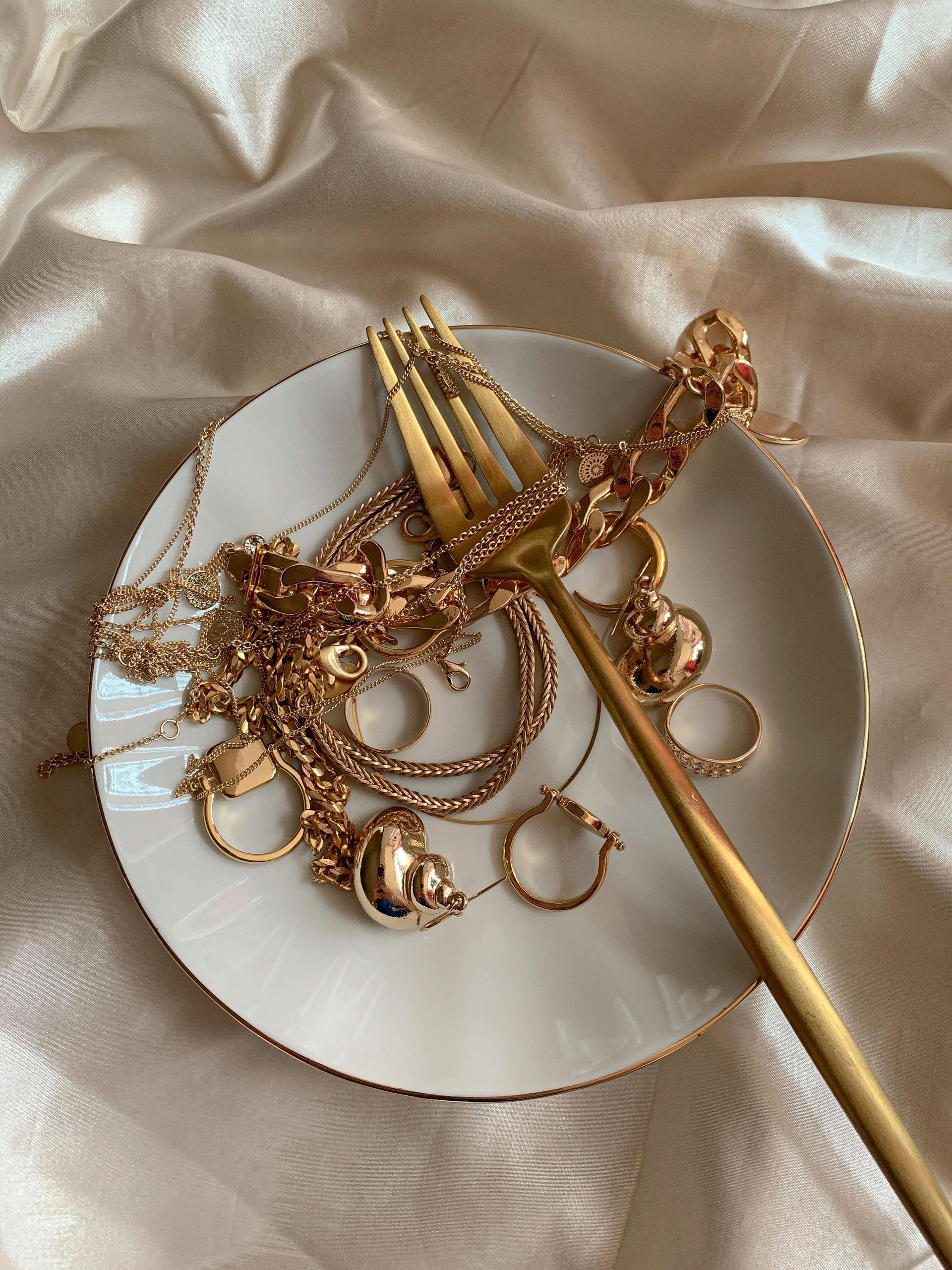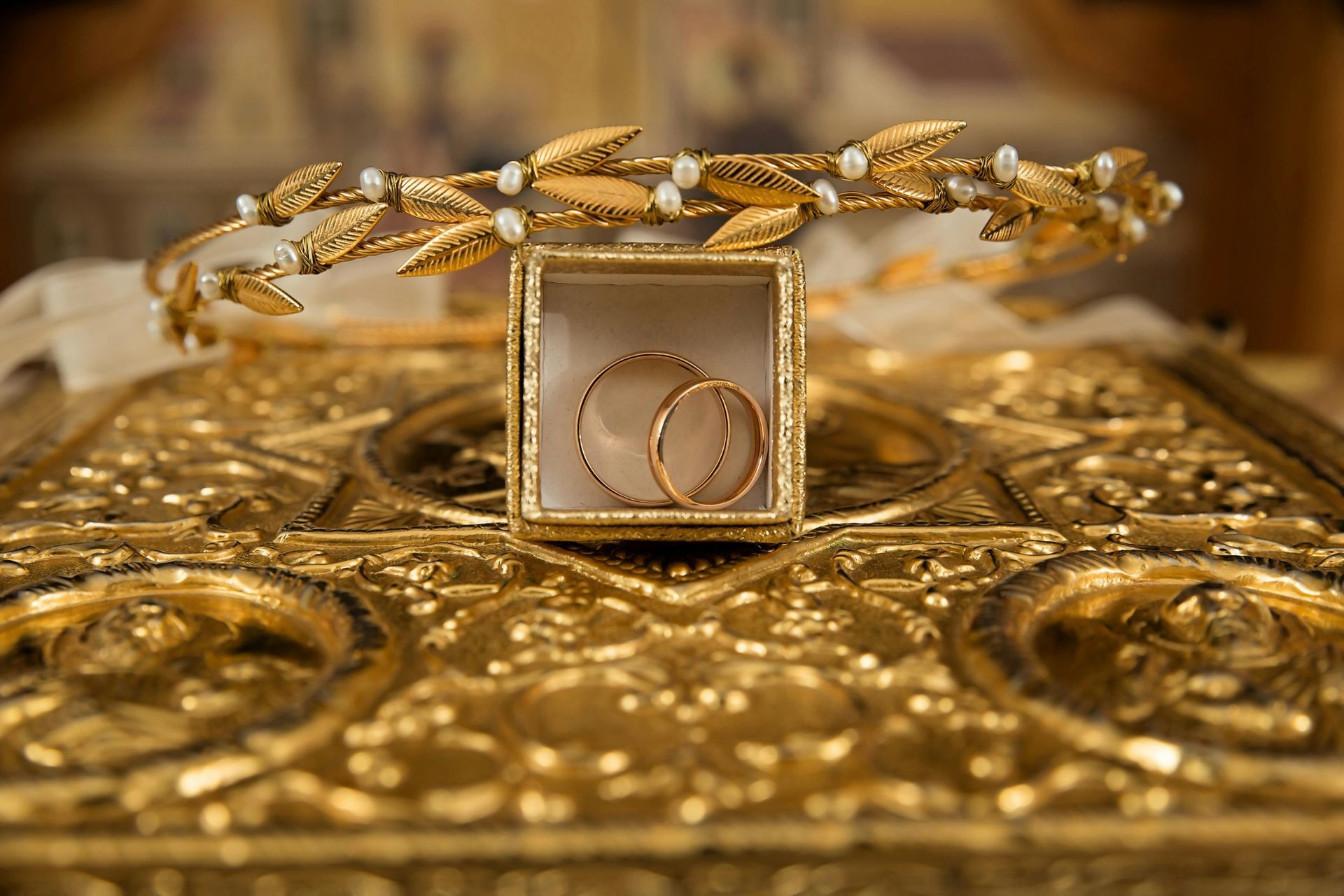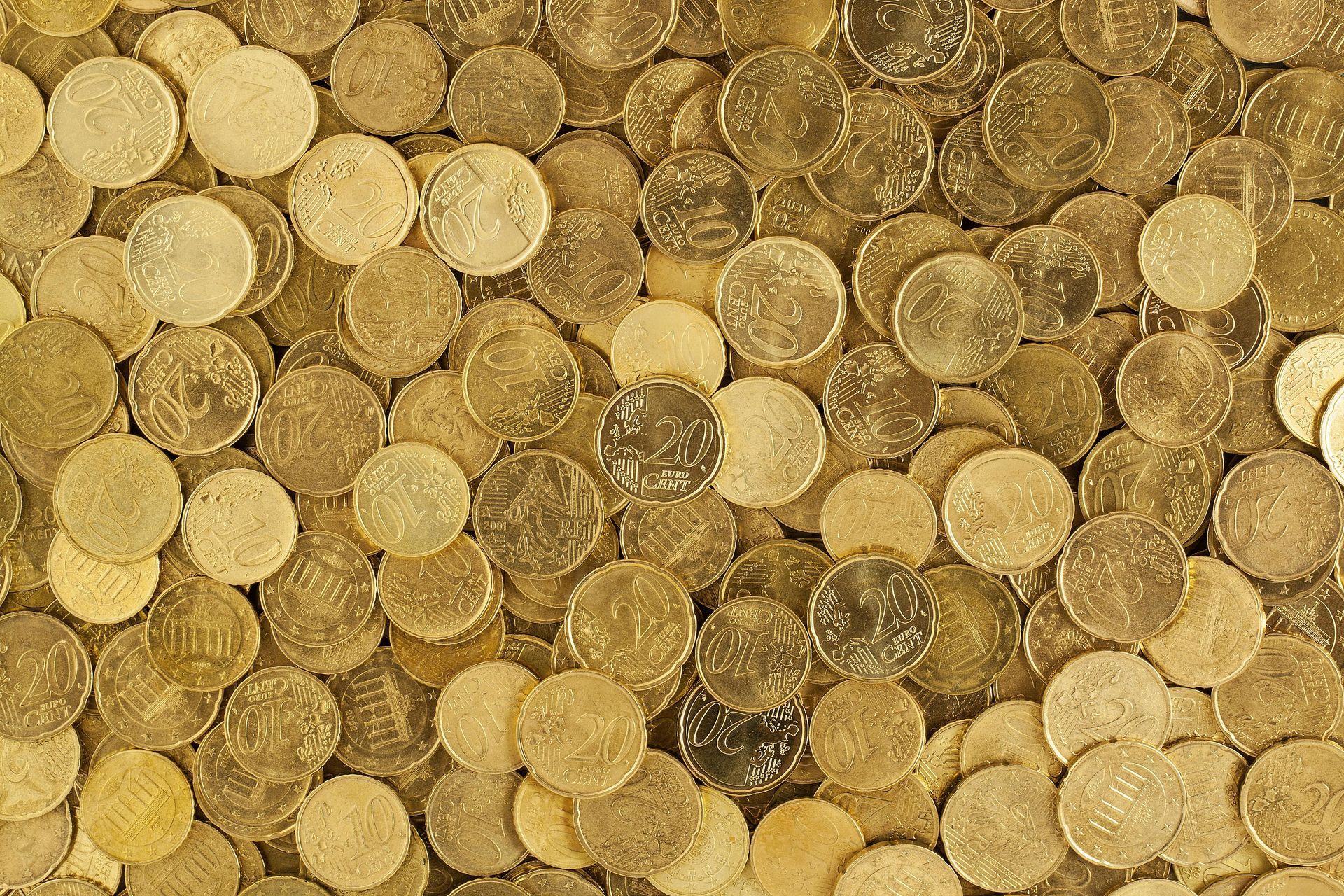A Guide To Gold Purity
Understanding gold purity is important for various reasons, whether you’re looking to purchase or sell gold jewellery or other gold items, looking to invest in gold, or plan to do so in the future. Why is it important? Because gold purity ultimately determines the price and value of your gold.
The purity of gold is measured in karats, a term you may have heard before but not realised exactly what this identifies. The ‘karat’ of gold measures the ratio of how much pure gold there is and how much is alloyed with other metals. For example, a piece of gold jewellery that has a karat of 12, will have a lower proportion of pure gold contained and a higher amount of other types of metals alloyed with the gold. Common alloyed metals include silver, copper and palladium.
How Many Karats is Pure Gold?
Pure gold that is alloyed with no other metals is 24 karats. 24 karats means that 24 of the 24 parts of the metal are gold. Despite 24 karat gold being the purest form of gold, jewellery generally cannot be produced at this karat as gold on its own is far too malleable and soft to be worn or used. Because of gold’s softness, you are more likely to find and be able to buy jewellery that is below 24 karats, ranging from 22 karats down to the UK minimum of 9 karat gold.
It is the metals alloyed with gold in 22 karat to 9 karat gold that make the metal suitable for use in items like jewellery as these other metals like copper, silver or palladium are far more durable and will not become damaged or misshapen easily.
How to Calculate Gold Purity
Gold purity is also measured in percentages, which can be calculated by dividing the karats of your gold by 24 (the maximum karat gold can be). For example, if you divide 9 karats by 24, this equals 0.375, which can be converted to 37.45% purity.
Another metric used to identify the purity of gold is ‘millesimal fineness’. For example, in the instance above, 9 karat gold would also be referred to as having a fineness of 375. See the chart below that summarises the most common gold karats, how many parts pure gold to other alloys there are, their purity and millesimal fineness.
Which Gold Purity is the Best?
There is no ‘best’ gold purity, simply because gold is alloyed with other types of metals for good reason, whether it’s for a different appearance, like rose gold or yellow gold, or for certain properties like durability.
In terms of it’s worth and how much gold can be valued at, generally, the higher the karat of gold, the more it will be worth. When buying or selling gold, a gold dealer will value your items based on the gold contents and weight. Despite this, if you’re looking to buy gold jewellery or another gold item that will be used regularly and need to withstand wear and tear, the best gold purity for you may be lower. This will also depend on how you want your gold to look aesthetically.
There are pros and cons to all karats of gold. For example, lower karats are stronger and less malleable, but are easier to tarnish over time. Whereas higher karats are a lot more malleable and prone to become misshapen, however have a more classic yellow or orange gold colour and are more resistant to tarnishing.
The post A Guide To Gold Purity appeared first on Gold-Buyer.







Where to send your gold
Gold-Buyer
PO Box 8726
Ilkeston
DE7 0GS
Menu
Subscribe for news and updates
Subscribe to our newsletter
All Rights Reserved | Gold Buyer
